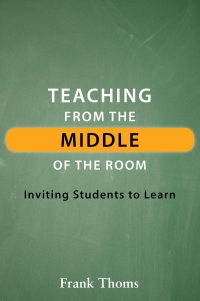Giving an A: A unique form of grading
Once they passed in their letter, they no longer needed to worry about their grade. They could practice in front of him for real––and he could offer feedback. And if he ever saw one of his musicians not acting as an A student, he would remind her of her commitment.
Teachers are tasked to assess a wide range of factors for grades including quiz and test scores, class participation, papers, homework, et al., depending upon the grade level or the subject. Unlike Zander’s situation, teachers feel pressures well beyond the classroom: student anxiety about getting good grades for their résumés, parental pressure for their child’s success, and the school’s aspiration to keep up its reputation.
If a teacher were to implement Zander’s approach with her middle or high school students, likely she would be seen as an outlier. But she has other options. She could ask students to write a letter dated at the end of the month in which she asks for the grade they think they will deserve. The value of this exercise would not be about the grade but about students having to reflect on their learning, the process itself becoming the centerpiece, encouraging self-awareness and being proactive.
And to encourage her own self-awareness, a teacher could consider writing a letter to her supervisor defining what she will do to get her ‘A’ by the end of the year. Not only will this invite her to look closely at herself, but her supervisor will learn about her goals and come to know her better. She would be asking of herself what she is asking of her students.
A teacher who takes on these approaches in her classroom will have better engagement with students, her supervisor, and perhaps her colleagues.

